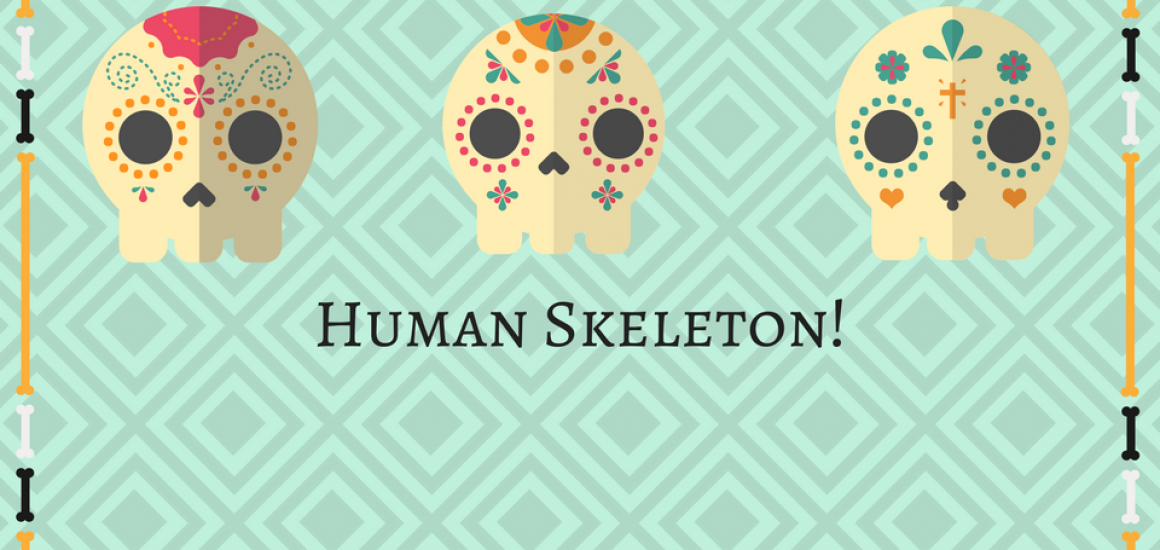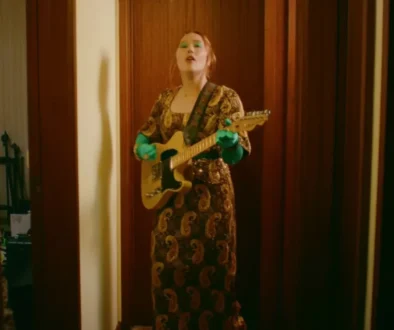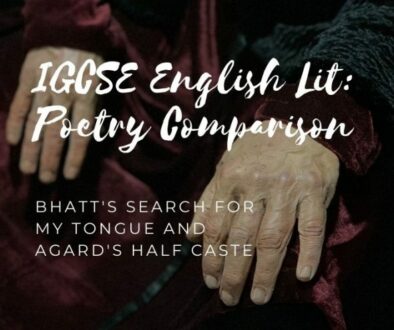Human Skeleton!
A few days ago we had the privilege to ‘Meet and Greet’ one of the oldest skeletons from Bath in the Roman Baths. This skeleton was found on Walcot street just up the road from the Roman Baths.
This skeleton was found incomplete missing her ribcage, spinal cord, toe bones, hand bones (including fingers) and facial bones. The skeleton appeared to be a skeleton of a woman, you can tell by looking at her pelvis bone as the subpubic angle in women is wider than men and the sciatic notch is much broader too. She was of the age 27-30 when she died.How she died is unknown, but the archaeologists who found her believe she may have been shot by a crossbow and the arrow was stuck in her leg while she blead to death.

One of the most common ways to tell the skeletons age is to look at their teeth.Teeth have a ‘wear and tear’ factor because teeth are made up of layers and layers, the older you get,the more you use your teeth,the more you eat, The more your teeth will wear away. This is how the archaeologists tell how old the skeleton is although this is not very precise with children. They are often categorised ‘young’ (20-30) ‘middle’ (30-50) ‘old’ 50+.
From the teeth you can also tell what diet it was on for example lady skeleton was mainly on a diet of fish as her teeth were strong and her protein levels in her bones were very high.

With a skeleton you can discover:
- Status
- Diet
- How old they were at age of death
- Height
- Gender
- Occupation( depending on their job) e.g If he worked as an archer his shoulder bone would be bigger than others.
- DNA (depends on how old the body is)
- Health and development
- Maternal lineage


What was interesting about the fascinating lady we met at the Roman Baths was that she has fractured and broken her left tibia, the bone was not pushed back or supported in growth in any way it was just left to grow back naturally, looking at the cut of the bone the sharp end must have pierced the skin and it would have been incredibly painful as this skeleton was believed to be living in Roman times they didn’t have any anaesthetic and it is a miracle she survived with her bone sticking out.
The skeleton that was found in Walcot street in Bath and is now being displayed in the Roman Baths. It is extremely interesting and highly educational and I would highly recommend it as it is for ‘Bath Taps into Science’ week through out the week they will have different things going on.
I rate this visit to “Meet and Greet’ a 4 and a half stars
The Roman Baths is a public Roman bath which operated during Roman times around 2,000 years ago (753 BC) It served like a traditional spa or where the romans went to have their yearly shower.






